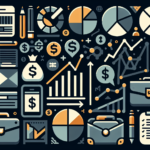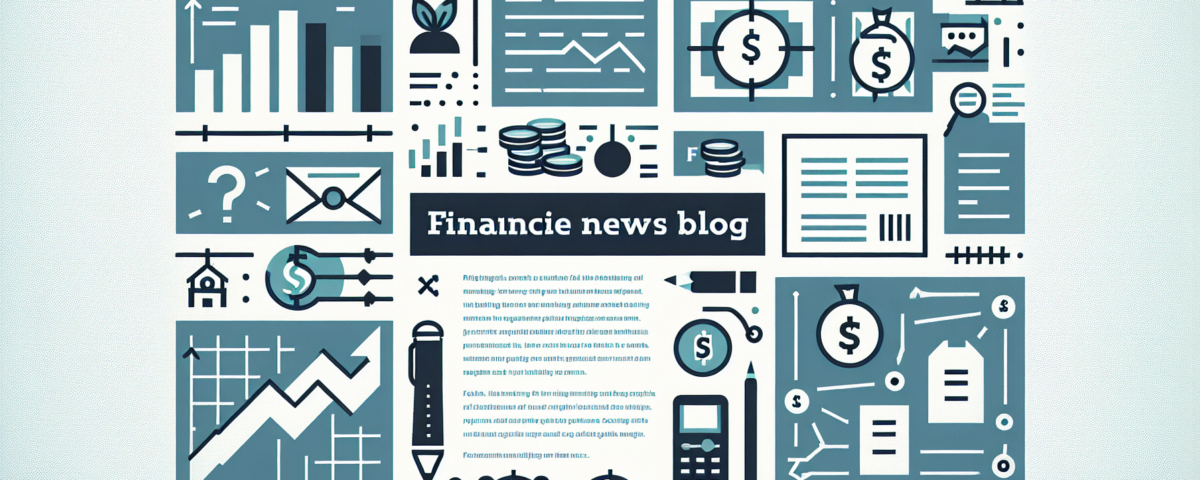
Understanding the Escalating Tariff Tensions Between the U.S. and China
Tháng 4 8, 2025
Navigating FX Option Expiries: Key Insights for April 8, 2023
Tháng 4 8, 2025Markets Await the Art of the Deal Amid Economic Uncertainty
As the global economy experiences turbulence due to recent tariff announcements, investors are keenly focused on how the current market environment will evolve. The phrase “art of the deal” is particularly resonant as traders and stakeholders seek substantial trade agreements to mitigate the adverse effects of tariffs imposed by President Trump, which have already shaken investor confidence.
Market Impact of Tariffs
The recent tariffs announced by President Trump have sent shockwaves through global markets, significantly affecting investor sentiment. Following his proclamation, futures on major indices, including the S&P 500 and Nasdaq, witnessed drastic declines. This unsettling environment has prompted many companies to postpone their initial public offerings (IPOs), reflecting reduced confidence among investors. The sharp downturn illustrates that trade policies not only influence international relations but directly impact market performance and investor behavior.
Economic Uncertainty Looms
Several financial forecasts, notably those from Goldman Sachs, indicate an escalated likelihood of recession as a direct consequence of these tariffs, irrespective of any potential withdrawal in the future. This growing economic uncertainty has led Trump to implore Americans to exercise patience, suggesting that the tariffs serve as a necessary “medicine” to restore equilibrium in global trade. However, this analogy may not resonate with all, as many economic observers caution against prolonged trade tensions harmful to growth.
Understanding Trump’s Trade Philosophy
President Trump’s approach to international trade diverges significantly from traditional economic theories. He perceives trade agreements as competitive arenas where one party is destined to gain at the expense of another, a perspective starkly contrasting the long-accepted views of economists that advocate for mutually beneficial relationships. Trump’s methodology, encapsulated in his book The Art of the Deal, focuses on the pursuit of advantageous agreements, often derived from innovative compromises and strategic perception management. This philosophy underscores his unique bargaining style, which heavily shapes the current trade landscape. For context, China’s President Xi Jinping recently met with over 40 global CEOs, emphasizing China’s commitment to collaboration and its role as a favorable investment destination despite U.S. tariffs. Read more about Xi’s strategic moves here.
The International Response and Its Implications
In the wake of Trump’s aggressive tariff strategy, the international community, particularly the European Union and Japan, has signaled a willingness to explore alternative trade avenues. Such shifts could fundamentally alter the global trade dynamics as countries reassess their relationships and potential partnerships in light of U.S. policy. Japan’s expressed concerns regarding Trump’s tariffs highlight the broader implications of these policies, suggesting they may deter foreign investments that are crucial for economic growth.
Future Prospects: A Call for Strategic Trade Deals
As markets digest the ramifications of these tariffs, the anticipation now circles around Trump’s potential announcements of significant bilateral trade deals or a strategic delay in tariff implementations. Such moves could stabilize the economic landscape and assuage investor fears. Aligning with his “art of the deal” ethos, successful negotiations that yield outcomes beneficial to the U.S. could serve to restore confidence, not only in financial markets but across international trade relations as well.
In summary, the unfolding economic scenario urges investors and market analysts to remain vigilant as they await any major developments in trade negotiations. The promise of counterbalancing tariffs with beneficial trade agreements remains vital to assuring a more stable economic outlook. As the markets watch intently, the coming weeks will be critical in determining whether the anticipated art of the deal can usher in a new era of economic growth and stability.

